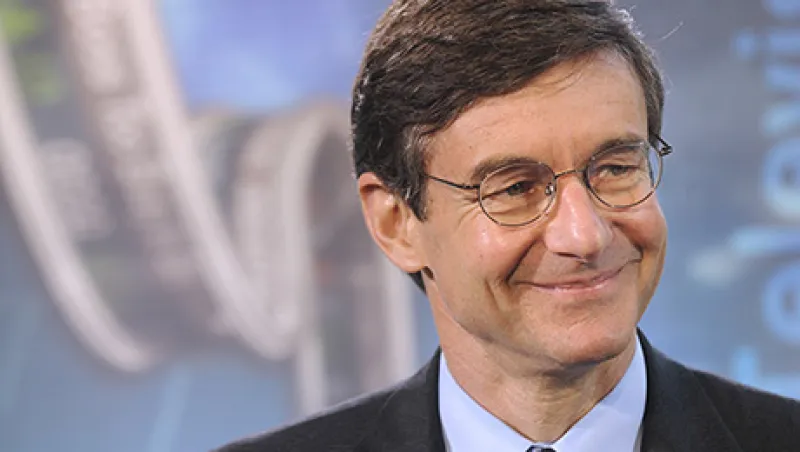Joseph Dear, who became CIO of the California Public Employees’ Retirement System in March, has already begun to make his mark on the U.S.’s largest public pension fund. With $179.9 billion as of May 29, CalPERS has been battered by the financial crisis; its assets have plunged 31 percent from their October 2007 peak, and investment allocations are badly out of whack.
To start, Dear boosted CalPERS’s allotment to private equity from 10 percent to 15 percent and established a new cash allocation equal to 2 percent of assets. Expected to be ratified by the board in June, the changes are just the opening shot in what is likely to be a larger salvo during CalPERS’s triennial investment review next year. The 57-year-old former executive director of the Washington State Investment Board, which has $61 billion in assets, is shaking up CalPERS on another front: its relationship with hedge funds. Dear wants to amend fee structures to ensure that CalPERS’s hedge fund partners make money only if the retirement system does, to invest in managed accounts rather than commingled funds and to gain access to real-time information on managers’ positions and risks.
Dear replaced Russell Read, who left CalPERS in June 2008 after just two years as CIO to pursue environmental investing. At his last job, Dear boosted WSIB’s investments in private equity and real estate to one third of its holdings, and he wants to engage CalPERS’s board in broad discussions of risk beyond those inherent in standard tools of asset allocation. Dear, who is also chairman of the Washington-based Council of Institutional Investors, spoke with Institutional Investor Senior Editor Steven Brull in late May.
1. You’re shaking up CalPERS’s allocations in a big way. Is the increase in private equity an endorsement of the asset class or a concession that in late April, CalPERS had an actual allocation of 12.9 percent and some $23 billion in unfunded commitments?
It’s more an adjustment to the reality of the portfolio in the near term. It gives CalPERS flexibility but doesn’t significantly change the overall thrust of the program. We still believe that high-quality managers will be able to produce returns above what we can get on a risk-adjusted basis from investments in public markets.
2. Why the 2 percent allocation to cash? Isn’t cash a drag on investment performance?
It sure doesn’t help. But one of the lessons of 2008 is that we didn’t accurately perceive liquidity risk. We need to do a better job of forecasting cash requirements — benefits payments as well as capital calls for private equity and real estate. We also need a liquidity buffer so we’re not in a position of having to sell assets we’d rather be buying.
3. CalPERS plans to reevaluate its portfolio strategy again next year. What other changes are on the horizon?
There’s a lot of dissatisfaction with the standard, quantitative tools of asset allocation but no clear alternative. So while we’ll certainly rely on quantitative analysis and the standard tools, I hope our board can have a much more explicit qualitative discussion that considers the limitations of current methods, and then apply the lessons of 2008.
4. What’s behind the shake-up in CalPERS’s relationships with hedge funds?
Hedge funds grew up serving the interests of high-net-worth individuals and provided investment vehicles to the institutional investor community on the same terms, but those terms make no sense. Now we have conditions in the market that allow for a serious dialogue about how to restructure hedge fund relationships, and we need to take advantage of that.
5. How is that going?
We’re in serious discussions. Progress to date has been quite good, but we’re not ready to announce results.






